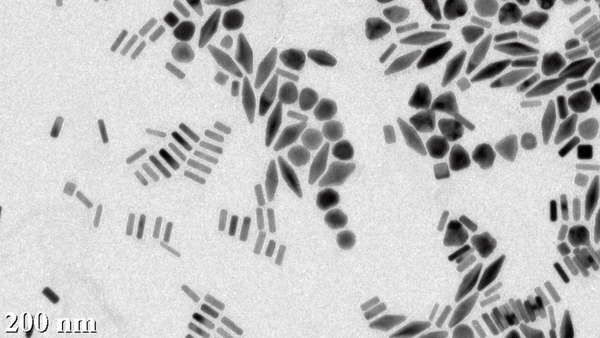
Découvrez le site internet du groupe Laboratoire Interdisciplinaire sur l'Organisation Nanométrique et Supramoléculaire (LIONS).
Discover the internet WEBsite of the LIONS (Interdisciplinary Laboratory on Nanoscale and Supramolecular Organization).

Découvrez le site internet du groupe Laboratoire Interdisciplinaire sur l'Organisation Nanométrique et Supramoléculaire (LIONS).
Discover the internet WEBsite of the LIONS (Interdisciplinary Laboratory on Nanoscale and Supramolecular Organization).
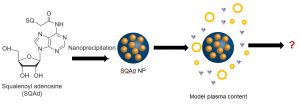
The Nanoprotection research project (http://nanoprotection.cnrs.fr/) gathers six French laboratories. Four scientist from the LIONS are involved: Frédéric Gobeaux, Jean-Philippe Renault, Fabienne…

3D view of the design We have designed and regularly upgrade an in-house SAXS experiment for high sensitivity measurements. The generator is a copper rotating anode Rigaku RUH3R, with a fine focus…

TANGOwatch is the first Android application dedicated for TANGO control command system. Android is the exploitation system used in most of modern smartphone connected to internet.
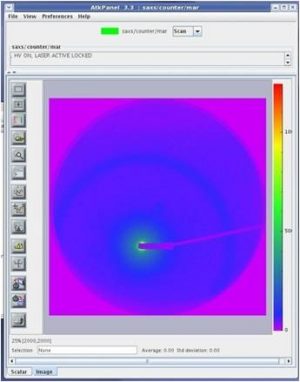
Laboratory experiments are increasingly composed of electronic hardware and computer controlled. In most cases the quality of the equipment (mechanical, electronics) is very good but the software is…

A Bonse/Hart camera has been built [*] in order to measure ultra small angle X-ray scattering (What is measured in a Small Angle X-ray Scattering (SAXS) ?). A mirror installed between the source and…
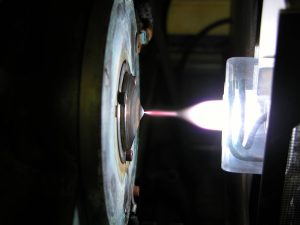
The mass spectrometry is an instrumental technique of analysis resting on separation, the identification and the quantification of the components of a sample according to their mass. It is founded…

The microfluidics is the science and technology of systems that process or manipulate small amounts of fluids (nanoliter to attoliter), using channels with dimensions of tens to hundreds of…

MOMAC (Molybdenum for Condensed Matter) Momac is a Wide Angle X-Ray Scattering experiment, issue of a collaboration between CEA-LIONS and LPS-Orsay. The experiment is based on LPS-Orsay. LPS team is…
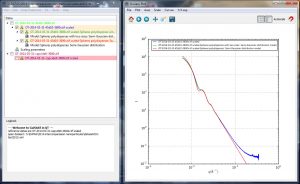
We have developed at LIONS a series of modules grouped under the name PySAXS (like Python for SAXS). PySAXS is entirely based on Numpy and SciPy. These modules allow us to perform the different…
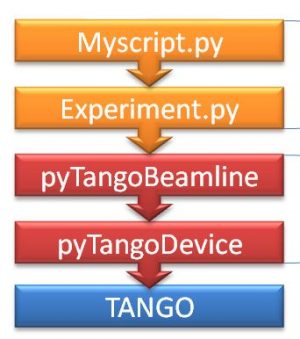
Python is a powerfull, oriented langage. The syntax is very simple and easy to learn. A lot of Scientific modules exist. Why use Python to interact with the system ? As many X-ray experiments…
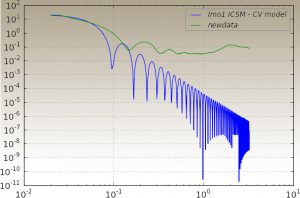
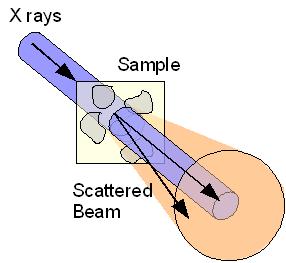
X-rays are used to investigate the structural properties of solids, liquids or gels. Photons interact with electrons, and provide information about the fluctuations of electronic densities in…
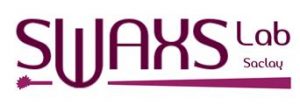
The Laboratoire Léon Brillouin (LLB) has installed in the “SWAXSLab” within the CEA Saclay a high resolution X-ray spectrometer Xeuss 2.0 from Xenoxs company ). This equipment aims at SAXS/ GISAXS…
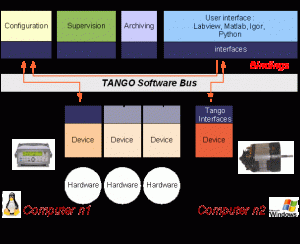
The TANGO system works around the concept of “Device Server “. A device server is a program that deals specifically with permanent dialogue (“server”) with the apparatus (“device”). The device…

We use the Open Source ImageJ software for the SAXS treatment of different images from our x-rays detectors. Actually somes plugins are developed in the lab for opening images from MarResearch…

The microfluidics is the science and technology of systems that process or manipulate small amounts of fluids, using channels with dimensions of tens to hundreds of micrometers. Since a decade…
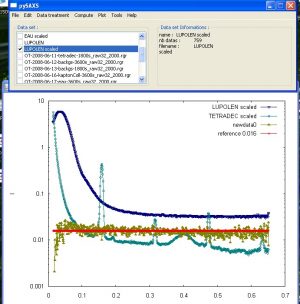
Le LIONS a choisi le langage Python comme outil commun de programmation pour l’analyse des données et le développement des algorithmes scientifiques. Cela facilite l’échange de code entre les…

Domain, Specialties : CHEMISTRY Research Unit : NIMBE / LIONS Ionising radiation can be used to induce chemical reactions of interest, such as CO2 conversion in a decarbonisation context. However, the low yields associated with this process limit its development. In this internship, we propose to study one or more strategies for optimising these yields,…
Domain, Specialties : Radiochemistry Keywords: gas handling; electron irradiation; microfabrication; gas analysis ; instrumentation Research Unit : NIMBE / LIONS The use of ionizing radiation has been proposed to be a low impact treatment of gaz pollutant, both from an energetic and environmental point of view. This master thesis investigates the effects of ionizing radiation…
Domain, Specialties : Materials chemistry Keywords: CO2 capture, Nanomaterials, Artificial Intelligence, Small-Angle X-ray scattering Research Unit : NIMBE / LIONS This internship explores the discovery of new nanostructured oxides for CO2 capture using an approach combining robotic synthesis and artificial intelligence. The project aims to validate this innovative methodology while identifying materials with improved performance.…
Domain, Specialties : Physical chemistry Keywords: energy transition, low-carbon cement and concrete, SAXS, microfluidics, automation Research Unit : NIMBE / LIONS This project aims to adapt a cement microreactor, recently developed for in situ analysis of carbonation curing by XRD, so that it is compatible with the DIADEM FastNano automated SAXS platform. The goal is…
Post-doctorat à pourvoir : “La radiolyse pour explorer la réactivité de catalyseurs pour la production de C2H4” Le but du travail sera d’utiliser la radiolyse pour optimiser la production d’éthylène de divers couples réactif/catalyseur après irradiation. L’objectif est également d’utiliser toute la potentialité des techniques de radiolyse pour déterminer les mécanismes de réaction correspondants, et…
Available Post-doc position: “Radiolysis to explore the reactivity of catalysts for C2H4 production” The aim of this post-doctoral work is to use radiolysis to optimize the ethylene production from various reactant/catalyst couples after irradiation. The aim is also to use the full potential of radiolysis techniques to determine the corresponding reaction mechanisms, and understand which…
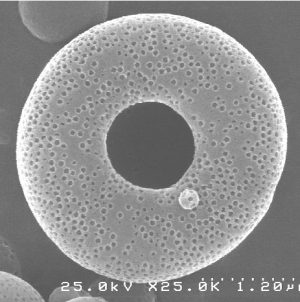
The development of nanotechnology basednowdays on the assembly (or evenself-assembly) of building blocks that are nanoparticles. The goal is to make useof the intrinsic properties of nanoparticles…